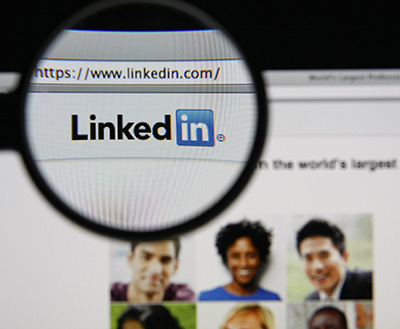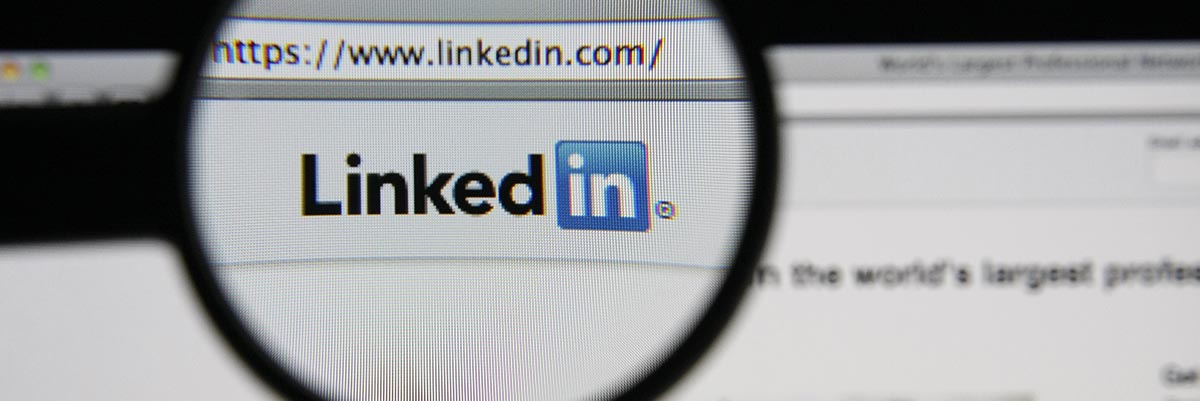LinkedIn is powerful. I can attribute success to creating valuable relationships on the platform. I’ve also failed to to use LinkedIn to it’s full potential and it’s impacted me. The following are six things I’ve learned over the last year on how to use LI as a vehicle to great relationships:

2. Use LinkedIn to keep up with change. Set a consistent reminder to check out your contacts. LinkedIn should be a method of understanding change in your community. People’s jobs change all the time, and many professions are veritable carrousels. If you have a contact at some company, don’t be so certain that will last forever. It’s another great reason being in second position isn’t the worst thing in the world; you might end up getting a leg up on a competitor by noticing a change first in an organization and then acting on it to introduce yourself. Conversely, you might also lose business if you don’t. And a word to the wise, don’t congratulate people on work anniversaries unless you know them well; recently I saw someone congratulate a connection on a work anniversary who had since lost their job and hadn’t yet updated their profile. Awkward.
3. Be smart about communicating via private messages. I have the best response from people in private messages over the weekend. Sounds odd that people would do business on the weekend, but that’s because most people connect their LinkedIn accounts to personal emails, not corporate ones. That’s because if they ever change jobs, they want to maintain their connections. Most people check their personal emails over the weekend, so that’s your best shot.
4. Don’t push your products, or even your services; push your value. Modern consumers can smell you selling a mile away. Why on earth do you think that if I see you selling something on LinkedIn that I’m going to click on your link? Always prioritize benefits over features, Señor Sell-a-lot. Add something that contributes value to people so that you’re remembered as having others’ best interests in mind. Don’t tell me what you want to get from me; introduce me to what you want to give me and why I should care.
5. Congratulations, you have 500+ connections. Are they all significant, or just sesame seeds on the sandwich of your professional careerdom? LinkedIn should be a lead-in to a real relationship. Don’t let it circumvent reality by allowing you to assign false value to pseudo-relationships with people. Connect with them in real life by using it as a launch pad. What you win them with is what you win them to.
6. There’s a lot more to LinkedIn than job hunting. Are you on LinkedIn simply to get a job? Your employer has seen this; don’t count on the fact that they aren’t real savvy, because their spouse or best friend might be, or they might just be keeping you in the dark. On the other side, it’s a dirty trick to position yourself intentionally so your employer knows your looking to score a raise or promotion. That’s a quick way to show everyone you’re not loyal to the company. Look out for each other. If you see some action or change take place, think of who that impacts and use the opportunity to create a conversation and/or support. Expand your awareness about an organization you don’t know anything about, and let LI act as a trigger for you to do research about a company or organization.
~ Jon Switzer, Account Executive
Photo Credit: Gil C / Shutterstock.com
